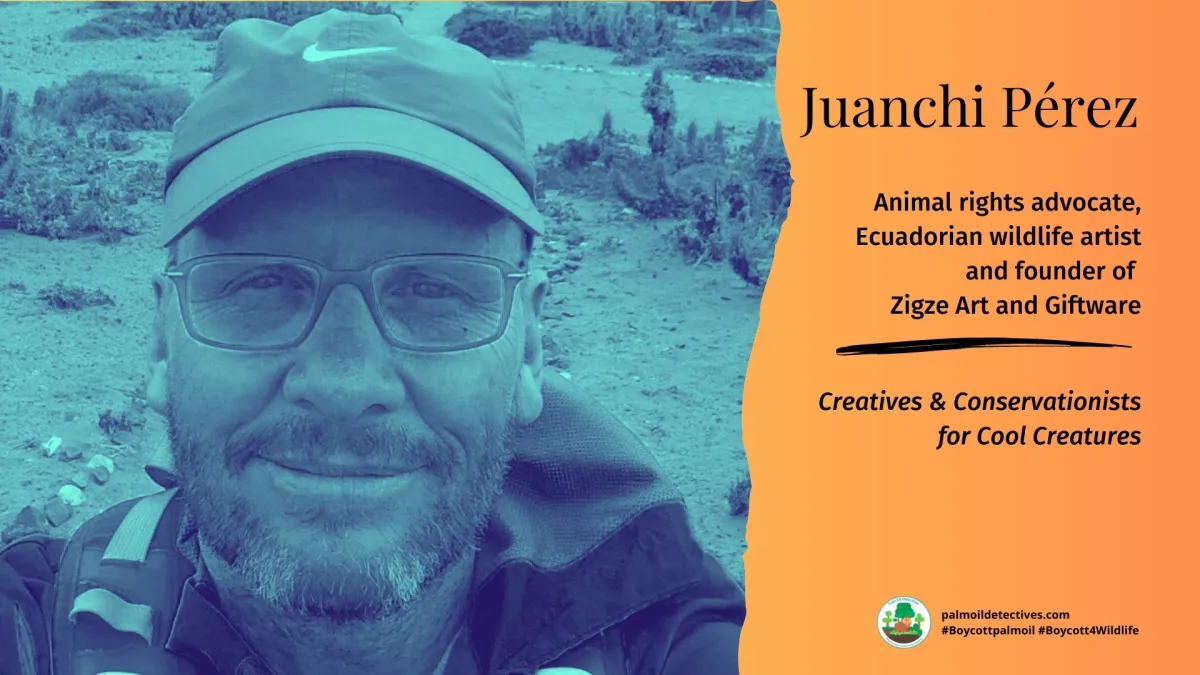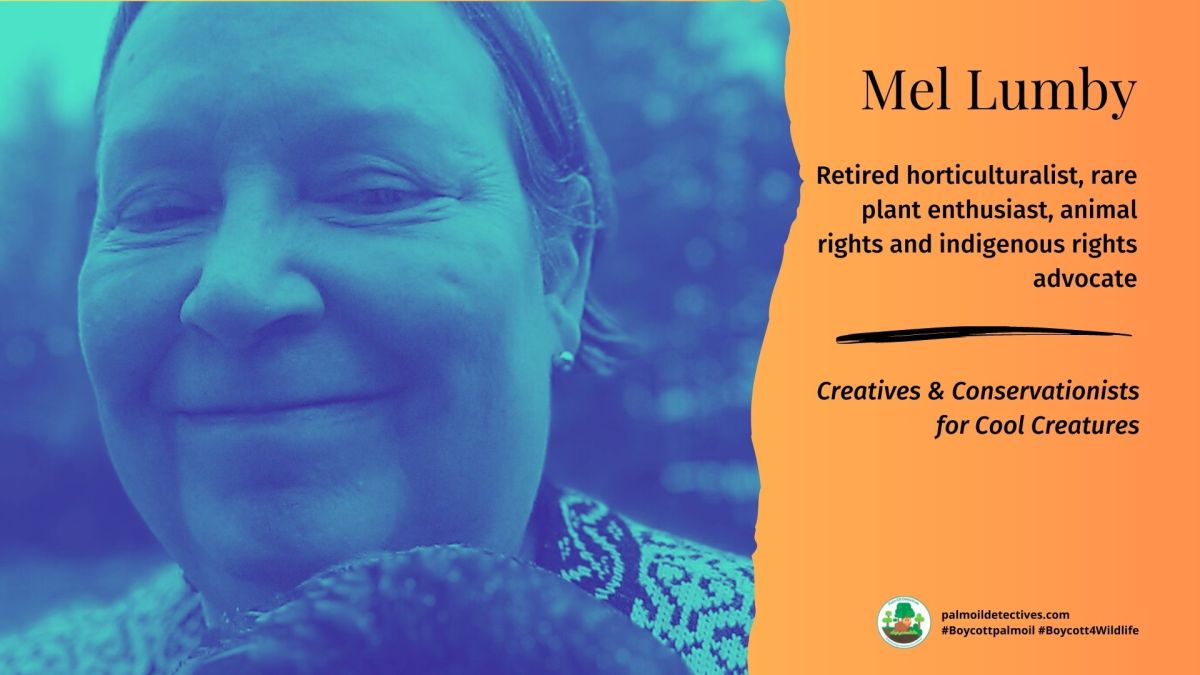Javan Rhinoceros Rhinoceros sondaicus
Critically Endangered
The Javan Rhinoceros currently lives in lowland tropical rainforest areas, especially in the vicinity of water (Schenkel and Schenkel 1969). The species formerly lived in more open mixed forest and grassland and on high mountains. Javan rhinos are the most threatened of the five rhino species, with only around 60 individuals that live only in Ujung Kulon National Park in Java, Indonesia. Javan rhinos once lived throughout northeast India and Southeast Asia. Vietnam’s last Javan rhino was poached in 2010. Because of their rarity, little is known about its preferred habitat, but they are not naturally restricted to dense tropical forest (Schenkel and Schenkel 1969); the habitat in which they currently exist may not be optimal.
The Javan #Rhino is the world’s most endangered of the 5 #rhinoceros species. There are only a few dozen left. Their main threat is #palmoil expansion and #deforestation. Support them with your shop and #Boycott4Wildlife
Tweet

Available rhino habitat is limited by two major factors: (1) the threat of human encroachment and (2) the predominance of a palm species (Arenga obtusifolia), known locally as langkap, which is rampant in Ujung Kulon. Arenga dominates the forest canopy in many locations, and inhibits the growth of rhino food plants.
Arenga palm is problematic for a number of reasons. Where Arenga palm dominates, little else grows. Currently, an estimated 60% (18,000 ha) of the peninsular section of the Park is covered with Arenga palm (B. Talukdar 2009 in litt.), precluding the growth of suitable rhino food. An Arenga palm removal/management effort was initiated in 2010 in the Gunung Honje portion of the park as part of the Javan Rhino Study and Conservation Area. As of December 2018, 150 ha of Arenga have been removed from the area.




Based on camera trap data, an estimated 68 Javan Rhinos live in Ujung Kulon National Park on the western tip of Java, but only the 33% are inferred to be reproductive individuals. Therefore this species is listed as Critically Endangered.
Further Information

Ellis, S. & Talukdar, B. 2020. Rhinoceros sondaicus. The IUCN Red List of Threatened Species 2020: e.T19495A18493900. https://dx.doi.org/10.2305/IUCN.UK.2020-2.RLTS.T19495A18493900.en. Downloaded on 24 January 2021.

How can I help the #Boycott4Wildlife?
Contribute in five ways
1. Join the #Boycott4Wildlife on social media and subscribe to stay in the loop: Share posts from this website to your own network on Twitter, Mastadon, Instagram, Facebook and Youtube using the hashtags #Boycottpalmoil #Boycott4Wildlife.
2. Contribute stories: Academics, conservationists, scientists, indigenous rights advocates and animal rights advocates working to expose the corruption of the palm oil industry or to save animals can contribute stories to the website.
3. Supermarket sleuthing: Next time you’re in the supermarket, take photos of products containing palm oil. Share these to social media along with the hashtags to call out the greenwashing and ecocide of the brands who use palm oil. You can also take photos of palm oil free products and congratulate brands when they go palm oil free.
4. Take to the streets: Get in touch with Palm Oil Detectives to find out more.
5. Donate: Make a one-off or monthly donation to Palm Oil Detectives as a way of saying thank you and to help pay for ongoing running costs of the website and social media campaigns. Donate here








One thought on “Javan Rhinoceros Rhinoceros sondaicus”